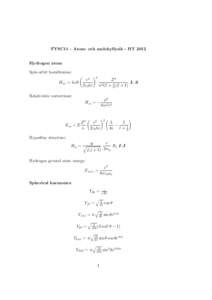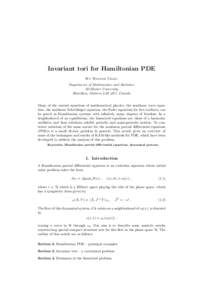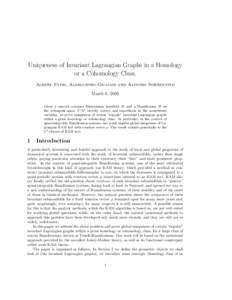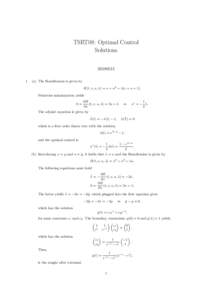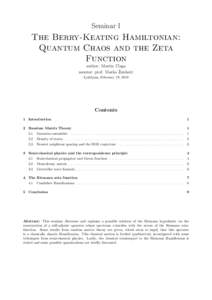<--- Back to Details
| First Page | Document Content | |
|---|---|---|
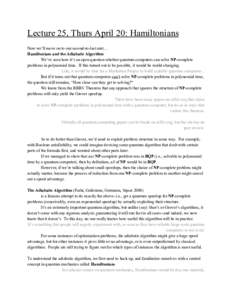 Date: 2018-09-06 04:47:45Quantum mechanics Physics Theoretical physics Chemistry Mathematical formulation of quantum mechanics Quantum superposition Unitary transformation Quantum computing Hamiltonian Quantum algorithm Degenerate energy levels Schrdinger equation |
Add to Reading List |
 Lecture 25, Thurs April 20: Hamiltonians Now we’ll move on to our second-to-last unit… Hamiltonians and the Adiabatic Algorithm We’ve seen how it’s an open question whether quantum computers can solve NP-co
Lecture 25, Thurs April 20: Hamiltonians Now we’ll move on to our second-to-last unit… Hamiltonians and the Adiabatic Algorithm We’ve seen how it’s an open question whether quantum computers can solve NP-co